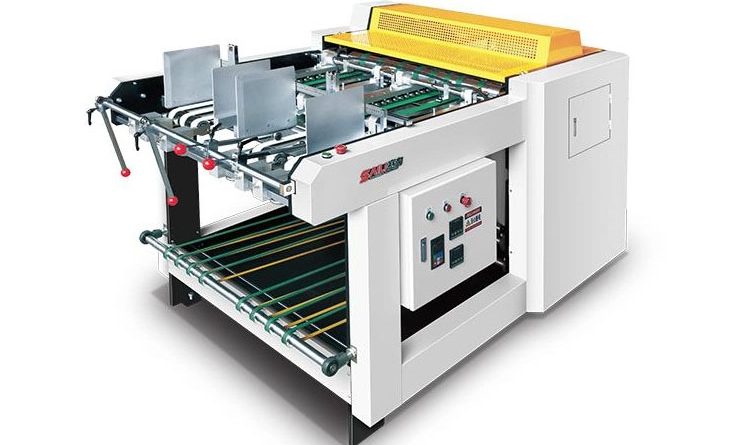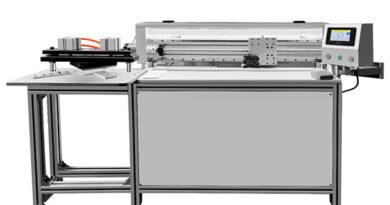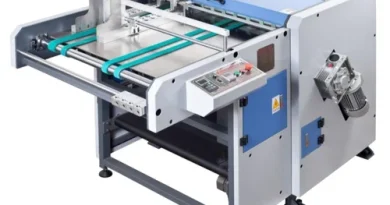"تمكين التصنيع الحديث: استكشاف التطور التكنولوجي والتأثير المتعدد الأوجه لآلات الحز على كفاءة الصناعة وتعدد الاستخدامات والاستدامة"
Grooving machinery, a pivotal component in the manufacturing and woodworking industries, has undergone significant technological advancements, enhancing its efficiency and broadening its applications. This article explores the latest innovations and the impact they have on production capabilities.
1. Advanced Automation and Precision
- تكنولوجيا التصنيع باستخدام الحاسب الآلي: Contemporary grooving machines incorporate CNC (Computer Numerical Control) technology, allowing for unparalleled precision in cutting grooves of consistent depth and width. This automation not only increases accuracy but also significantly reduces the manual labor required, enhancing productivity.
- Programmable Settings: These machines feature advanced interfaces where operators can easily input or adjust settings for different materials and groove specifications. This adaptability makes switching between production runs smoother and faster.
2. Enhanced Speed and Efficiency
- High-Speed Operations: Modern grooving machines are designed to operate at higher speeds without sacrificing the quality of the cut. This increase in speed is crucial for meeting the growing demand in industries like packaging, where grooving is essential for folding precision.
- Streamlined Workflow: Integration with other manufacturing processes is a key feature, allowing grooving machinery to work in tandem with other equipment. This integration streamlines the production workflow, minimizing the need for manual intervention and reducing cycle times.
3. Versatility in Material Compatibility
- Multi-Material Capability: Today’s grooving machines can handle a diverse range of materials, from hardwoods and particle boards to plastics and composites. This versatility is critical for manufacturers who work with a variety of materials and require consistent results across all of them.
- Adjustable Blades and Tools: The machinery comes equipped with easily adjustable blades and cutting tools that can be swapped or modified depending on the material type and desired groove depth, providing further flexibility in production.
4. Sustainability and Energy Efficiency
- Reduced Waste Production: Enhanced precision and control lead to minimal material waste, aligning with sustainability goals within the industry. Less waste not only means more efficient material use but also reduced environmental impact.
- Energy-Efficient Designs: New models of grooving machines are more energy-efficient, using advanced motors and drives that consume less power, thereby reducing the overall energy footprint of operations.
5. Connectivity and Smart Features
- IoT Integration: Internet of Things (IoT) capabilities enable remote monitoring and diagnostics of grooving machinery, allowing operators to oversee operations from afar and receive alerts about potential issues before they become significant problems.
- Data Analytics: With embedded sensors and data collection tools, these machines provide valuable insights into operation efficiency, maintenance needs, and production bottlenecks, enabling data-driven decision-making.
6. Safety Enhancements
- Automated Safety Features: Modern grooving machines include enhanced safety features like automatic shut-offs, emergency stops, and protective guards that help prevent accidents and ensure operator safety during use.
The ongoing evolution of grooving machinery is not just about technological enhancements but also about providing solutions that are adaptable, efficient, and safer. As industries continue to demand more precise and efficient production methods, the role of advanced grooving machinery becomes increasingly vital, driving innovation and supporting the growth of manufacturing capabilities worldwide.



